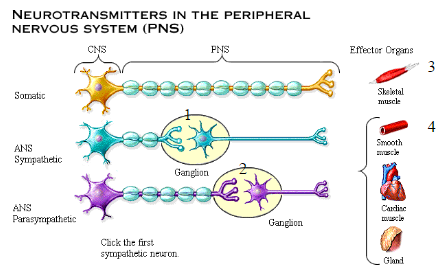

The somatic nervous system is a type of motor nervous system. Somatic reflexes are types of reflexes carried out by the voluntary nervous system. The very common examples of autonomic reflexes include breathing, control of heart rate, and swallowing. The autonomic reflexes that are controlled by this nervous system affect inner organs. It is different from the voluntary nervous system because it is not under voluntary control.Įverything performed by the autonomic system is done subconsciously. The function of the autonomic nervous system is to carry nerve impulses to glands, smooth muscles, and cardiac muscles. The autonomic nervous system is a type of motor nervous system. Summary – Autonomic vs Somatic Reflexes What are Autonomic Reflexes?Īutonomic reflexes are a type of reflex carried out by the autonomic nervous system. Autonomic vs Somatic Reflexes in Tabular FormĦ. Similarities – Autonomic and Somatic Reflexesĥ. Moreover, the system of motor neurons (neurons that control muscle movements) is called the motor nervous system. The reflexes are mainly controlled by the motor nervous system, which consists of the voluntary nervous system and somatic nervous system. They are rapid, protective, involuntary, short-lived, and localized. Autonomic and somatic reflexes are the two main types of reflexes. This means reflexes are carried out without even thinking about them. The key difference between autonomic and somatic reflexes is that autonomic reflexes are a type of reflexes carried out by the autonomic nervous system, while somatic reflexes are a type of reflexes carried out by the somatic nervous system or voluntary nervous system.Ī reflex is an involuntary automatic action the human body makes in response to a stimulus.


 0 kommentar(er)
0 kommentar(er)
